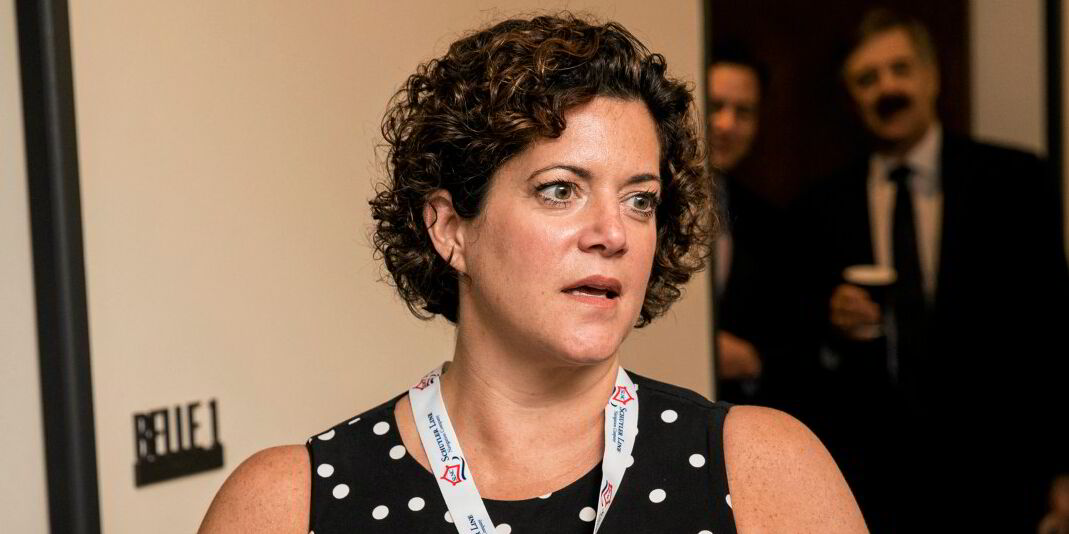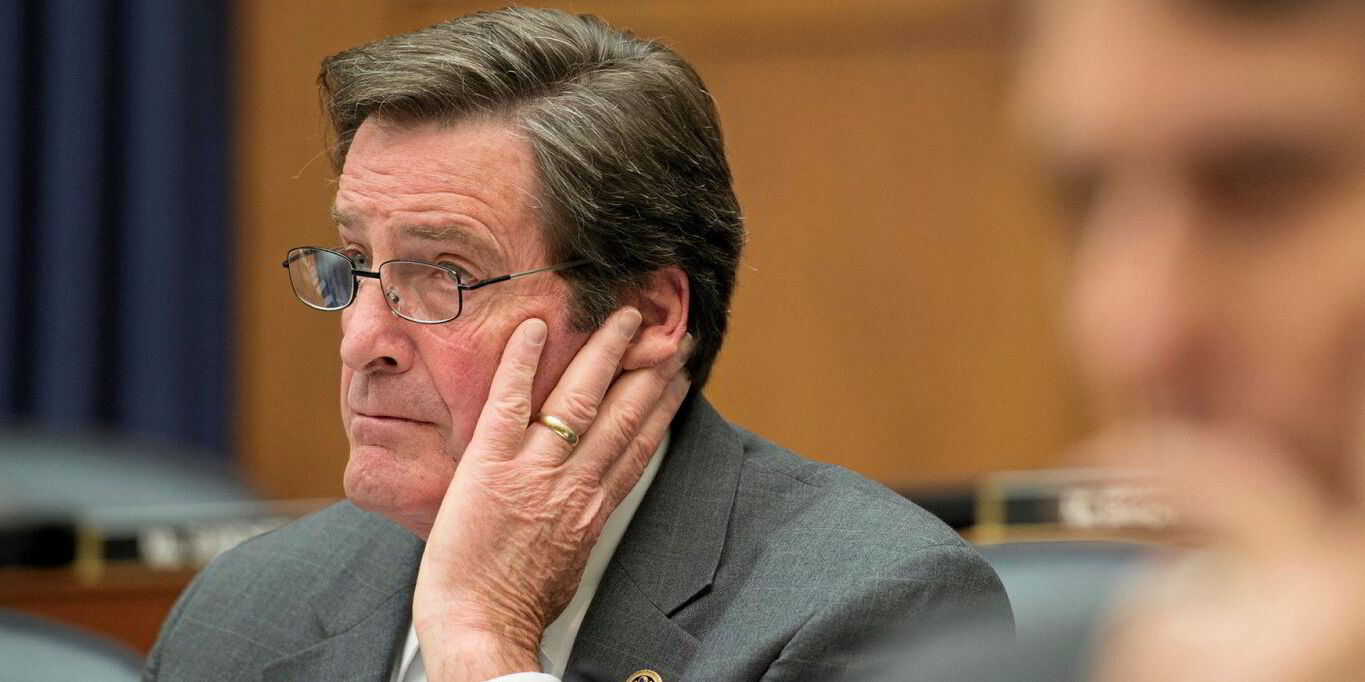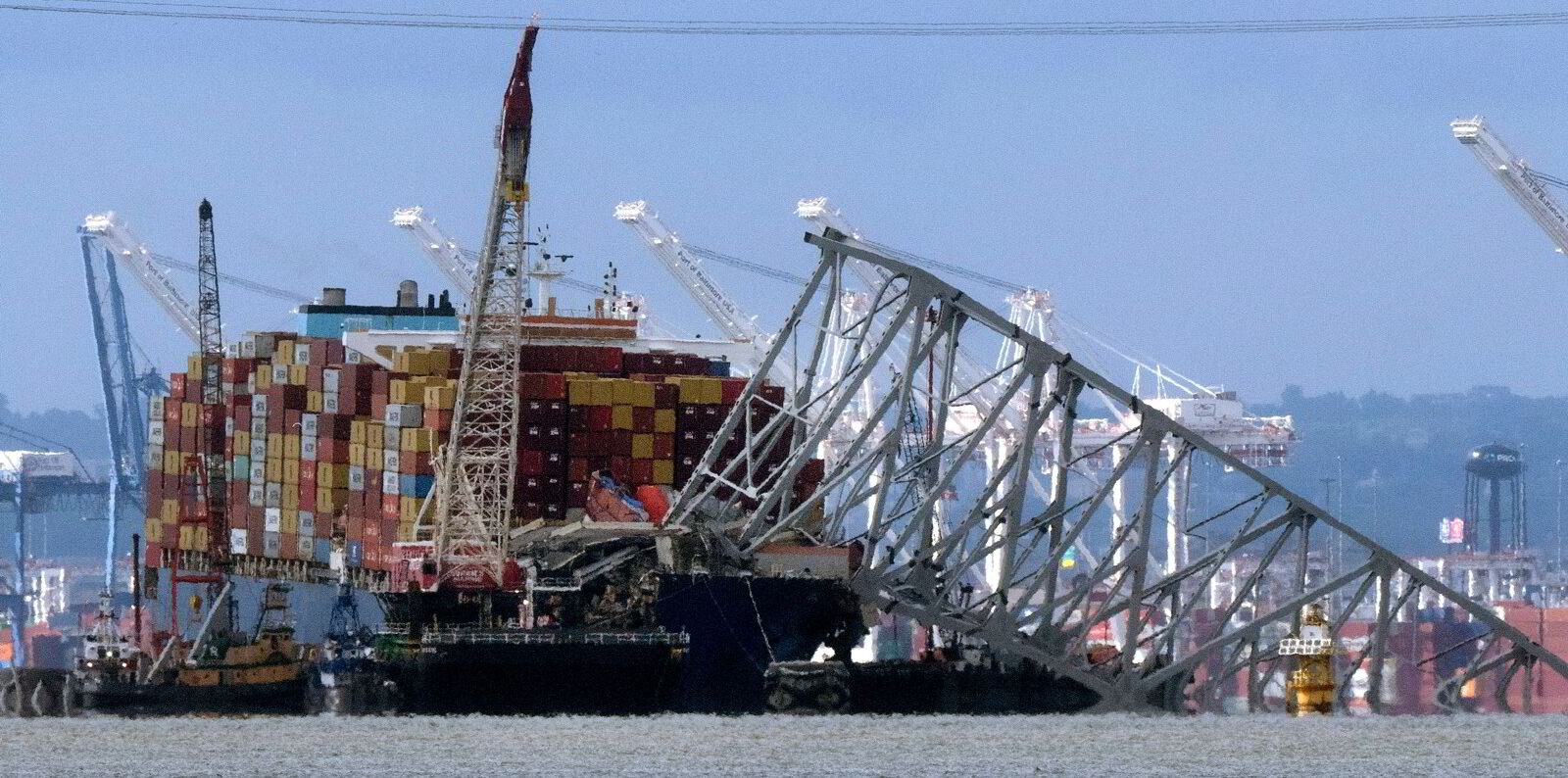It’s a $4bn question — so don’t expect a quick answer.
A battle is likely to play out for years in a courtroom in Baltimore, Maryland, to decide if the owner and operator of a container ship that destroyed a city bridge are liable for $44m — or somewhere in the region of $4bn.
Legal experts say the dispute may have a greater significance than even the vast sums at stake in the case of the 9,962-teu Dali (built 2015), which brought down a bridge, left six construction workers dead and closed down one of the biggest US ports.
The maritime insurance sector is watching anxiously to see whether public and political outrage over the potential final bills faced by shipping, insurers and the American taxpayer will lead to an erosion of the rights for shipowners that have existed for nearly two centuries in the US.
The owner and operator of the Dali have applied to a Baltimore court under the terms of a 173-year-old law. If successful, owner, operator and insurer liability would be capped at $43.7m.
‘That can’t be true’
“When you tell a layperson what it means, they say that can’t possibly be true,” said US-based maritime lawyer Jana Byron at broker Lockton.
“That’s where the concern comes from. I think the industry here in general is concerned about it. Based on my opinion of the US government, there’s reason to worry.”
The first salvo in that battle was fired in August when Democrat congressman John Garamendi introduced a bill to raise the cap for foreign-flagged vessels.
The proposal, which would be applied retrospectively to cover the case of the Dali, would increase the liability for foreign-flagged ships to 10 times the value of the vessel and its cargo, minus expenses.

That would raise the shipowner’s liability to $854m, according to Garamendi. Lawyers for the six construction workers killed in the accident backed the move.
“If the foreign owners of the cargo vessel that took down the Francis Scott Key Bridge in Baltimore think they can leave American taxpayers holding the bag, I have a message for them: you broke it, you bought it,” Garamendi said in a statement.
US legislators have a track record of intervening. Public outrage over efforts by the owners of a dive boat to limit liability following a fire that killed 34 people in 2019 led to an exclusion for the owners of smaller passenger vessels from limiting their liability.
It resulted in only the third change to limitation of liability laws in the US since they were drawn up in 1851 — and the first time a whole class of vessels had been excluded.
The case involving the disaster with the Conception dive boat “got pushed through Congress really fast …” said Byron. “It was a lot broader than I think Congress had intended.”
The 1851 law in the US was drawn up after shipowners complained they faced unfair competition from the UK, where such a law had been introduced in the 1730s and had gradually increased in scope.
The goal was to ensure that investors in shipping would not be deterred because of the risk of facing enormous liability owing to the actions of crews.

Shipowners find it harder to limit their liabilities in the US compared with some nations, but the financial terms for a successful court bid are likely to be better.
James Severn, a partner at Penningtons Manches Cooper, analysed the potential liability for the owner of the Dali under different regulatory regimes introduced since 1957.
Current US legislation is in line with the 1957 international Convention on Limitation of Liability of Owners of Seagoing Ships, under which liability would be capped at $43.7m, according to a court filing by the Dali’s owner, Grace Ocean, and ship manager, Synergy Marine.
Subsequent conventions, protocols and amendments signed by some countries and supported by the shipping industry have agreed on higher caps in return for easing the requirements needed by shipowners to limit their liabilities.
Applying a gross tonnage of 95,128 for the Dali, Severn calculated the maximum potential liability for the shipowner under the 1976 convention, signed up to by 54 countries, as $49m.
The liability cap for an amended 1996 protocol, signed up to by 62 nations, would hit $116m.
Further changes in 2012 would take that to $176m.
US Congressman John Garamendi said that if his changes to the cap limit were introduced and applied to the Dali case, that would increase to a maximum of $854m.
Current US law is in line with an international Convention on Limitation of Liability of Owners of Seagoing Ships, which was signed in Brussels in 1957.
The ability of shipowners to secure limited liability hinges on a casualty happening without their “privity or knowledge”.
The case of the Dali is likely to centre on blackouts before the ship left port, what the owner knew about those blackouts and whether that made the vessel unseaworthy, lawyers say.
The US is not among the 54 states that signed an updated convention agreed upon at the International Maritime Organization in 1976, which makes it much easier for shipowners to limit their liability.
The updated convention resulted from cases including the 1,164-gt Lady Gwendolen (built 1953), a tanker hauling Guinness from Ireland to England that rammed and sank a coaster while sailing at full speed in fog in 1961.
Limited liability was denied because an English court ruled that the owner must have known from logs that it was always at full steam owing to the tight schedule, including during bad weather.

The new convention ended in a trade-off that pushed the financial penalties higher than the 1957 version — but greatly helped owners, who had to be shown to have acted both personally and with reckless intent. It created a “virtually unbreakable system of limiting liability”, according to the IMO.
A further protocol was agreed in 1996, which was amended in 2012 in favour of shipowners after the Prestige disaster, when limited liability was refused by Spain’s supreme court.
The 81,600-dwt Bahamas-registered aframax, built in 1976, sank off Galicia in northern Spain in November 2002. The London P&I Club was told it must meet $1bn in claims after a spill of almost all the 70,000 tonnes of fuel oil affected hundreds of beaches in Spain, France and Portugal.
The consequence of the regulatory and legal changes is that it is harder for a shipowner in the US to secure limited liability than in the countries that are signed up to the IMO rulings.
A statistical analysis of liability cases from 1953 to 1996 for a paper by Dominic Dewey published in the Loyola Maritime Law Journal showed that 63 cases (38%) had been granted and 103 denied. In the past 10 years, 23 have been denied while only seven (23%) have been accepted, according to the 2024 study.
“Because of the burdensome requirements faced by shipowners in proving, among other things, a lack of privity or knowledge, owners will likely continue to have the odds stacked against them when seeking to limit liability,” wrote Dewey.
“In sum, the statistics are clear; while limiting liability is not an illusion, it is rare and often recognised as a near-impossible burden.”
James Mercante, a partner at law firm Gallo Vitucci Klar, said the trend in the US seems to be that limitation of liability is rarely granted when there is a death or injury.

“But every case presents its own unique set of facts in regard to the limitation defence,” said Mercante, who will talk about the case at the International Union of Marine Insurance conference in Berlin this month.
He said the effect of the application to limit liability means all aspects of the case will be pursued in Maryland.
“The Key Bridge was a major thoroughfare for commuters, so perhaps even the assigned federal judge in Maryland commuted over that bridge to the courthouse,” he added.
“The missing bridge and continued bridge work will be a constant reminder to all involved.”
Darryl Kennard, head of shipping at law firm Penningtons Manches Cooper, said the US would be unlikely to scrap the right to limitation of liability.
“If they were trying to create a more claim-favourable landscape, the only thing they need to do is change the way that the limits are calculated … and bring in much higher rates,” he told TradeWinds before Garamendi introduced his bill.
Read more
- Is shipping experiencing a green ripple, green wave, a green tsunami or just greenwashing?
- Baltimore bridge disaster sparks new product innovation at major insurer
- Financial strength of big 12 P&I clubs at all-time high, says Gallagher
- Shipowners poised to cash in on softening hull insurance premiums
- Aon: P&I clubs will struggle to justify premium increases in 2025







